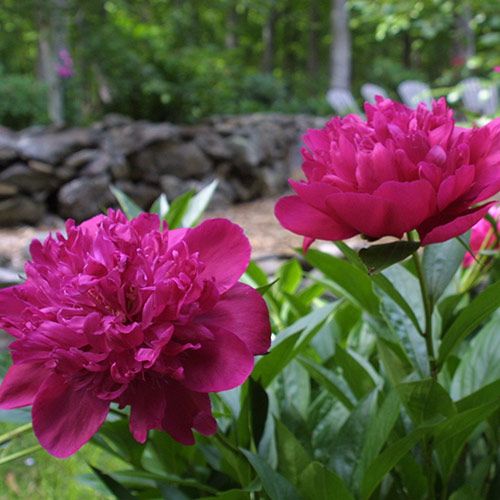[ad_1]
Enjoying the beauty of plants and flowers is the number one reason most of us love to garden, so it’s always fun to find new ways to help our plants look better and bloom longer. Over the years, I’ve picked up some tricks that can be used to help perennials bloom longer into summer. Here’s what I’ve learned.
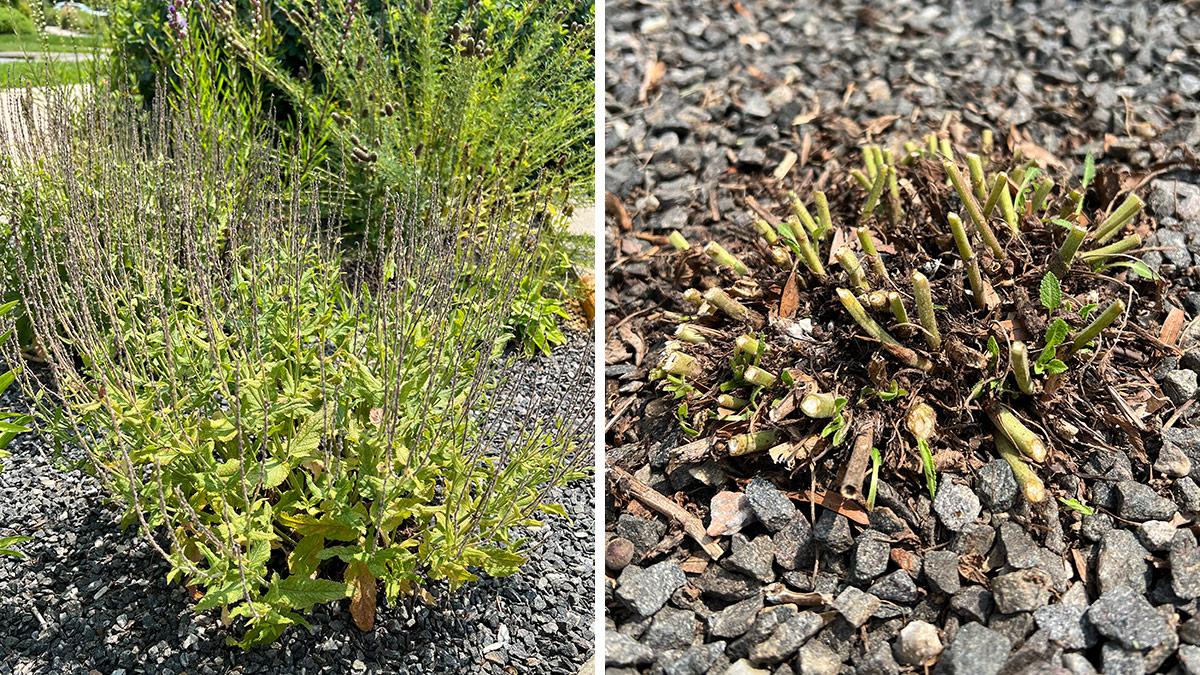
Some plants respond well to a heavy cutback
While it may seem severe, there are many plants that benefit from a hard cutback after their initial flowering period finishes. A few plants that respond beautifully to this harsh treatment include perennial sages (Salvia nemorosa and cvs., Zones 5–9), catmints (Nepeta spp. and cvs., Zones 3–10), and spike speedwells (Veronica spicata spp. and and cvs., Zones 3–8). As the flowers fade, harden your heart and cut those lovely plants as far back or as close to the ground as possible to stimulate the formation of new foliage and flower buds. Often, as flowers are fading, these perennials will already be producing new growth from the roots, and a few weeks after the cutback you will be rewarded with a second flower display. Although the second show may be more subtle and less robust than the first, it is certainly worth the effort, and your compost pile will be thankful for the new addition of green material.
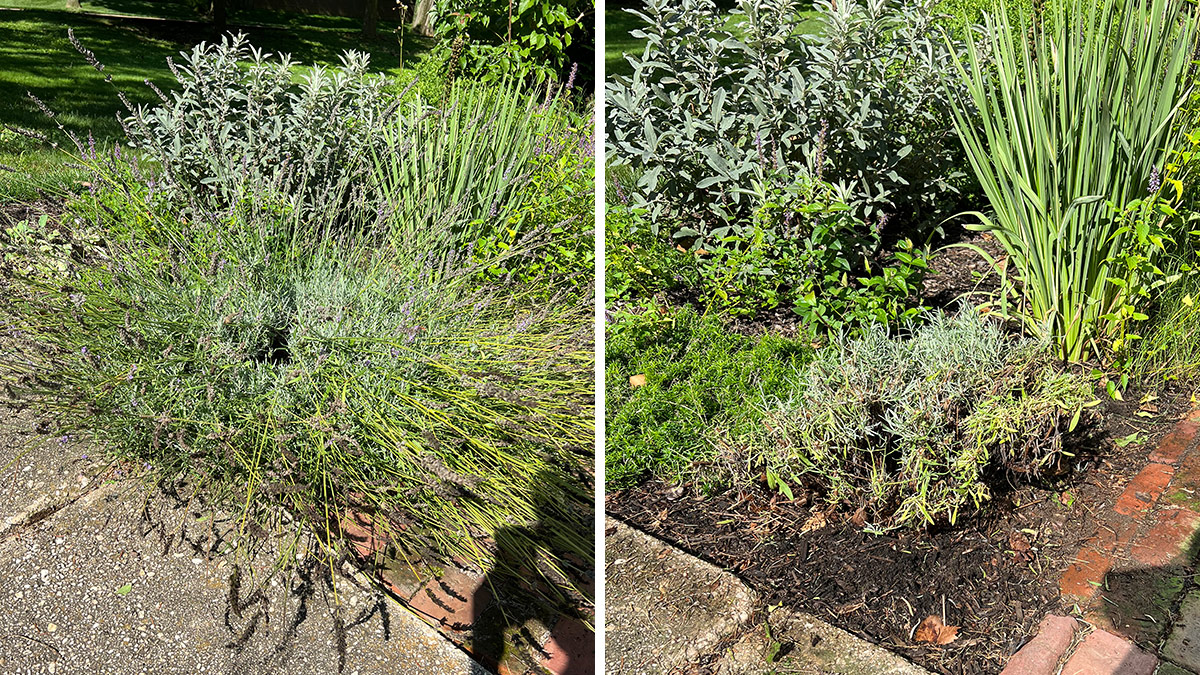
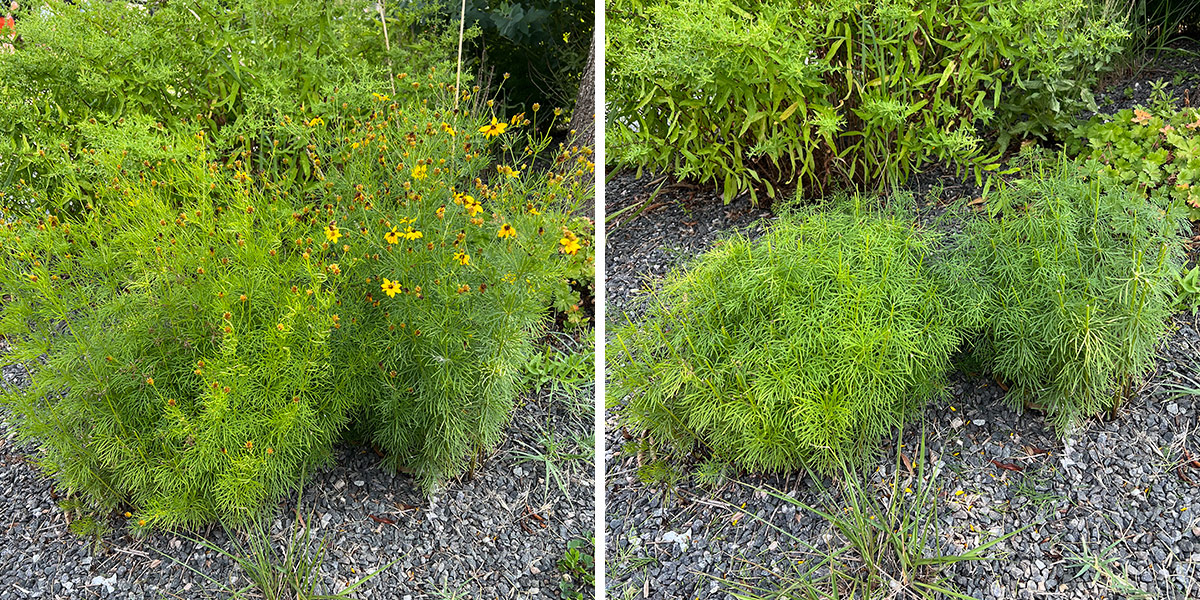
A more measured approach is sometimes better
In a previous article I discussed the Chelsea chop. This type of pruning involves cutting back the new foliage and stems of certain perennials before flowers emerge, encouraging the plants to form side shoots and produce more flower buds. While the Chelsea chop is usually done from late spring to early summer, this same method can be applied to perennials like tickseed (Coreopsis spp. and cvs., Zones 3–9) and lavender (Lavandula spp. and cvs., Zones 4–10) after they finish flowering. When you cut their foliage back by one-half to one-third, the plants will respond by pushing out a second round of flowers after the normal blooming period.
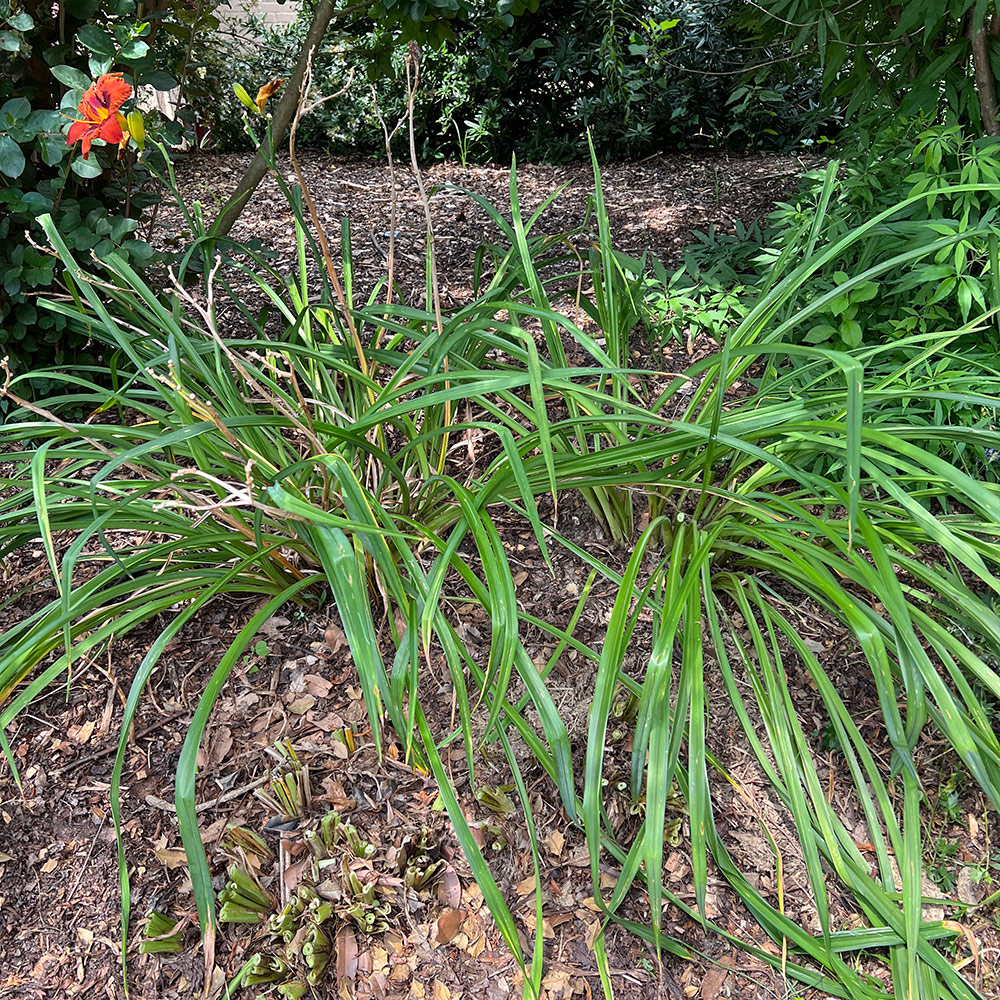
When it comes to daylilies (Hemerocallis spp. and cvs., Zones 3–10), there are two options. The first approach is to remove spent flower scapes and any unsightly foliage as close to the ground as possible. The second is to cut all of the flower scapes and foliage back to the ground. Both methods are viable solutions to create a tidier appearance, and both will result in the growth of new foliage and often a modest second bloom.
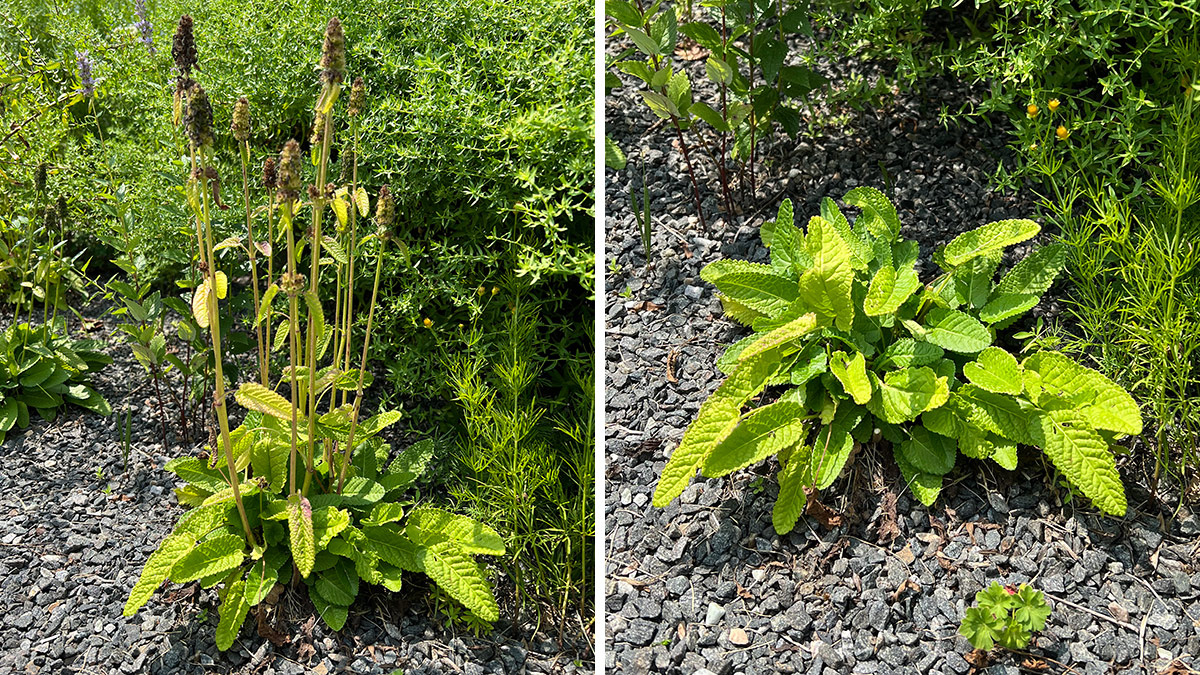
Many early season bloomers look nicer after a light haircut
Some harbingers of spring or early summer benefit from a trim to remove past-peak flowers. Although this group of perennials may not rebloom, their maturing blooms or seed heads may distract from their otherwise lovely foliage. This group includes dianthus (Dianthus spp. and cvs., Zones 4–9), heuchera (Heuchera spp. and cvs., Zones 3–8), hostas (Hosta spp. and cvs., Zones 3–8), and penstemons (Penstemon spp. and cvs., Zones 3–8). A quick tidy-up will refocus the viewer’s attention upon the plant’s other worthy attributes for the remainder of the growing season. Removing the spent flowers of rampant self-seeders like columbine (Aquilegia spp. and cvs., Zones 3–8) or Jerusalem sage (Phlomis tuberosa, Zones 6–9) will minimize unwanted seedings. With this group, only the flower stalks are removed.
Some plants, like peonies (Paeonia spp. and cvs., Zones 3–7), flower only once during the growing season and rely on robust root systems to increase their size and vigor. The removal of senescing blooms will minimize the energy that is directed toward seed production and divert that energy toward overall plant health, production of new foliage, and root formation. This in turn translates into more flowers for the next growing season. Other examples in this group include bearded irises (Iris germanica, Zones 4–9) and kniphofias (Kniphofia spp. and cvs., Zones 6–9).
If you appreciate the architectural and textural qualities of spent flowers and seed heads or the benefits of leaving seed heads in place as a food source for birds and other creatures, it is perfectly acceptable to forgo deadheading or cutbacks. But if your main goal is to keep a flowering perennial looking good longer, a little deadheading can go a long way.
—Adam Glas is a garden supervisor and rosarian at the Scott Arboretum of Swarthmore College in Swarthmore, Pennsylvania.
[ad_2]
